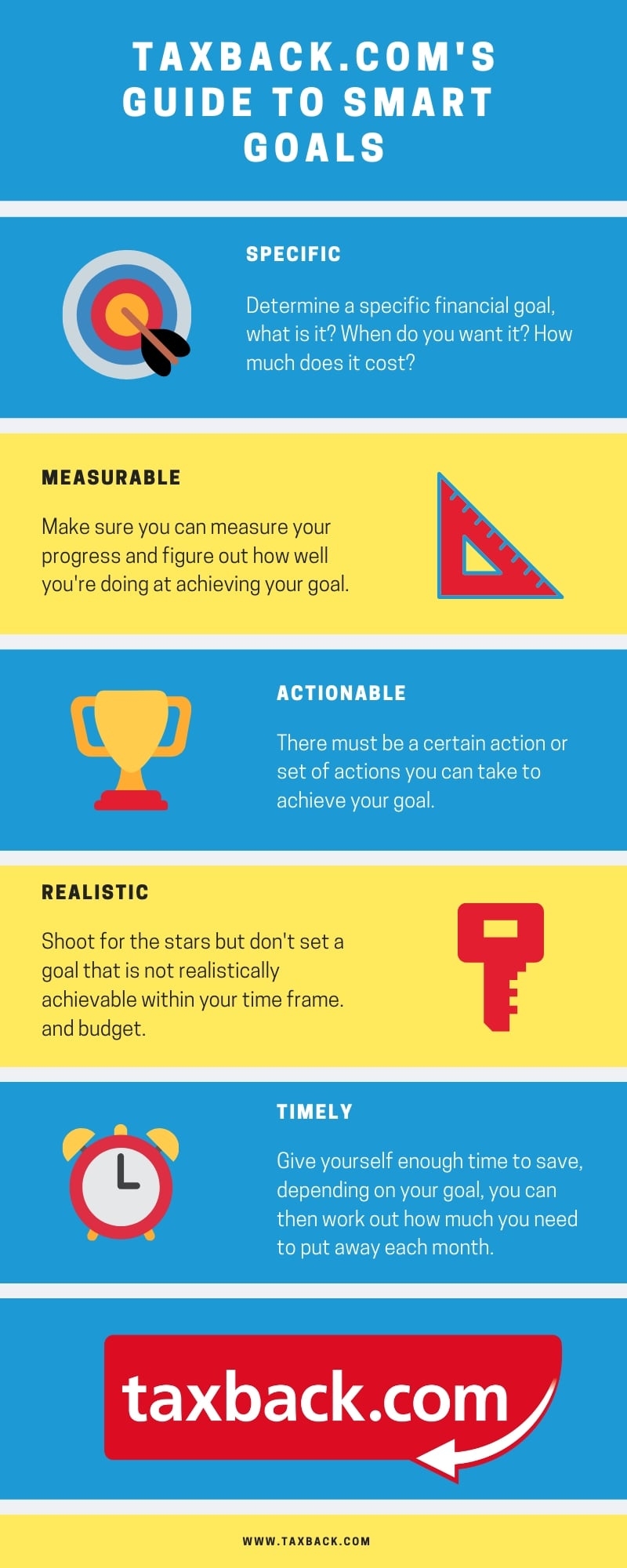7 Step Guide to Creating a Fool-proof Budget
We all have goals; some of us want to own property or have their dream wedding, some people might even want to pack up their lives and travel the world.
While all of our goals are totally unique, they often require having money to hand. Thankfully, there are lots of reliable, fool-proof methods for achieving them. In this article, we’ll show you how to create a budget to make sure you stay on track with your savings in just 7 steps.
1. Prepare
Before we jump into the fundamentals of budgeting, the first thing you'll need is a means of tracking your finances.
Do any of the following to get started;
- Set up an Excel/Google Sheets document and use a budget template
or
- Download a budgeting app
or
- If you prefer an old-school approach, get yourself a decent notepad or diary
This is the most important step because you will need to carefully analyse your spending habits and be constantly aware of your incoming and your outgoing money. This will give you a better understanding of where you can make changes and stop wasting money.
You can also use it as a reference to keep a close eye on your progress – that way you can figure out if you’re hitting milestones and targets in good time.
2. Assess your net income
So, the second step is identifying and documenting your earnings. It’s impossible to budget without having a clear picture of your financial situation.
You’ll then combine this step with the next to work out what you have left over each week or month after your expenses - this is the money you can potentially save.
3. Carefully track your spending
The best way to track your spending habits is by keeping your receipts and bank statements on hand so that you can frequently review them.
Categorise your outgoings by breaking them down into:
Fixed expenses
Rent/Bills/Car costs/Loan repayments etc.
and
Variable expenses
Entertainment/Groceries/Social life etc.
Remember, it’s a good idea to budget for unforeseen expenses too since there are often times when we have to pay for something unexpected. Often unforeseen expenses can be the most costly so having a separate emergency fund is always a good idea.
You should take this step very seriously. If you’re unsure of where your money goes each week, how will you know where you can cut back on spending?
Say for instance you review your monthly expenses and you realise to your horror that your morning routine of grabbing a latte and pastry is costing you $100 a month, it’s probably time to consider skipping it every now and then. Make a coffee in work, walk to the movies instead of getting a taxi, cook something instead of paying for a takeaway, buy the own brand sauce or the cheaper bottle of wine with your weekly shop.
Your variable expenses are likely where you’ll find you can cut back on things.
Want to Claim a Tax Refund?
4. Goal Setting
Being clear on our exact goals, time frame and methods will make it easier to save and analyse your progress. One of the best ways to clarify your goals is by using SMART goals.
SMART is an acronym for Specific, Measurable, Attainable, Realistic and Timely.
Specific: Pick your specific financial goal(s), determine what exactly it is, how much it will cost and when you need to reach it by.
Measurable: Your financial goal should be measurable - you should be able to determine how well you’re doing in terms of reaching it. So for instance, set specific dates and targets i.e.
I want to get braces this autumn, I need to have €3,500 in my savings account by the end of September.
On 15 August, I check my savings account and there’s only €500. It’s clear based on my salary that I won’t be able to reach my desired outcome in time. I must then consider whether I’ve given myself enough time to save and think about where I could be making some necessary adjustments to make sure I get back on track.
Actionable: Basically you have to make sure that whatever you want to achieve, there is a specific action or set of actions that you can take to make it happen.
Realistic: Challenge yourself but don’t set yourself up for failure. Your goals should be realistic in terms of your income, your living costs etc. Try bringing some more packed lunches, skip going out the odd Saturday night but most importantly assess what you can afford to put away each week or month without infringing on your basic needs.
Timely: This is an important one, make sure that your financial goal is timely. If you want to go on an expensive vacation halfway across the world in June and you’ve decided to start saving in April, chances are you’re not going to reach your goal in time and the same goes for weddings, buying a new car, paying for dental work, applying for a mortgage or whatever it is you’re saving towards.
Again, assess your income and ask yourself: is this time frame realistic?
You can then break down your income - expenses and figure out that you need to save x amount each week to achieve your goal by x time.

5. Make a plan of action
Time to strategise! Put together all of the information you have collected. You can make a folder where your list of goals, receipts, your financial information and your spreadsheets are easily accessible. Then you can do an audit every couple of months and find out where you’re making progress and where you may need to improve your spending habits.
6. Make necessary changes
Most people find it challenging to save, after all we’re only human. So don’t be disheartened if it’s not going well at first. Revaluate your plan and adjust your habits where you can.
If you find you’re lagging, maybe you need to cut back on variable expenses. If that’s not enough, carefully inspect your needs and see where you can improve. If you’re saving for a mortgage, but you’re renting, maybe move to a cheaper area. Consider switching to a more affordable internet provider. Go on a cheaper mobile phone plan.
Think outside the box when it comes to generating some extra cash. Maybe you need to start a side hustle, downsize your car, sell off some of your old belongings or you can claim a tax refund and use whatever you get back to put a little extra cash into your savings. Get creative and remember that saving is a commitment that will probably require you to make some sacrifices but on the upside, it will be worth it when you achieve your goals!
Want to Claim a Tax Refund?
7. Check, check and check again
Continuously check your savings account, check your progress and always keep your savings goals in mind at all times. Remember, when it comes to reaching a financial goal, every penny counts!
So, there you have it, our 7 Step Guide to Creating a Fool-proof Budget!
Every day, we help thousands of customers worldwide claim tax back from 13 countries! If you'd to kick start your savings with a tax refund, contact Taxback.com and our team of tax experts will help you every step of the way.




